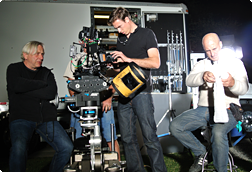
Pre-production, naturally, includes the planning, proposal, organization of the moviemaking team, deciding upon filming locations, selection of and arranging for equipment required for the cinematography, casting of characters, and many other preparatory activities. With "Through The Lens," the director was chosen at the same time as the movie proposal was finalized. Subsequent activities consisted largely of plotting and storyboarding, assigning the crew, picking shooting locations, selecting equipment, casting, and finally, the technical scout. These activities are not necessarily carried out sequentially, or in this order, and crews may be working on different scenes from the film at one time, depending on the locale and schedule.
First, the director creates a "synopsis" or a text-based plot, that aims to express the theme decided upon for the film. This includes simple explanations of the scenes involved, and outlines the bare bones of the story. Next, a shooting script is made, and pertinent details of each scene as well as dialogue are written in. With "Through The Lens", in the interest of reaching a wide international base, it was decided that there would be no dialogue, so the shooting script concentrated on the emotions the main character should clearly show and the details of each scene. Finally, based on the shooting script, a storyboard may be prepared for each scene. This explains how many shots should be taken, what the scene should look like, and the approximate camera position. With the storyboard, each member of the crew knows exactly what is required to shoot the current scene.
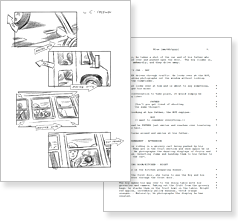
The first member of the crew assigned by the director is often the cinematographer or director of photography (DP). The DP must make many decisions as the shooting progresses: deciding how to shoot the scene to get the result the director is looking for, which lenses to use, what equipment will be needed, what the exposures should be, how to set up the lighting, and so on. The DP must have abundant experience and knowledge about cinematography, and be able to handle and direct a large crew. Actually, many DPs have backgrounds in still photography, where they gained a great deal of experience in lighting, exposure, and image creation.
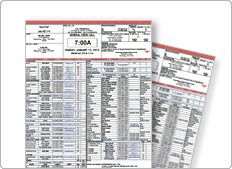
The next crew member to be chosen is often the assistant director (AD), who is in charge of scheduling, among other duties; then the production designer, who takes care of artistic matters; the costume designer or wardrobe stylist, the gaffer, who handles illumination, the grip in charge of equipment used on the set, the location manager, who finds locations to match the director's vision, the property master, who is in charge of props, and so on. These team members decide on all the details necessary to enable a shoot that produces exactly the desired image. Furthermore, each person in charge of a part of the operation, the gaffer for example, will have selected other members of his or her crew prior to the actual shooting.
Generally, before being able to decide on a location, the person in charge, usually the production designer working in tandem with the location manager, must develop a good idea of what the director envisions, based on the storyboard, and then go location scouting. This takes into consideration such things as the position of the sun at different hours of the day, passersby and vehicular traffic, noise and vibration, etc. Then, after visiting several candidate sites, the final location is decided. If none of the candidate locations fit the conditions the director desires, then a new search for locations must be undertaken. In the current project, luckily, the most important location, the boy's home, was set before the storyboard had even been made.

This time, the objective is to show the D800 in a more cinematographic situation, so the equipment chosen had to be of the same type as used in feature film cinematography. A number of adjustments were made to accomplish this goal. For example, the tripods and mounts used to hold the D800 required a specially made adapter. The D800 has a tapped receptacle where smaller still photography tripod mounting screws fit, but they were not compatible with professional motion picture cinematography equipment. Other professional equipment selected included monitors, remote control devices, dollies, and cranes.
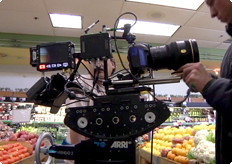
The director and the production company expect the casting director to line up candidate actors for the movie and make the final casting selections after holding auditions. The most important role to cast in this project was the boy who played the lead character. Because his expressions would greatly affect the film's final image, the leading actor was chosen first, followed by the casting of actors to play his family and friends.
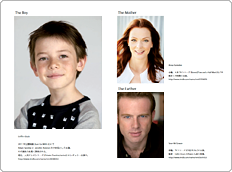
Once the direction, photographic techniques, equipment, locations, and cast have been arranged, a technical scout is carried out. A "tech scout" consists of the director, the DP, the Production Designer, the AD, the gaffer, the grip, and often their key assistants making a final tour of filming locations to decide when, and in what manner, the shooting will proceed. At this time, they take a look at possible problems they may encounter, what additional equipment needs to be arranged for, what equipment is not needed, and other details necessary for a smooth shoot. After this, the actual cinematography can begin.